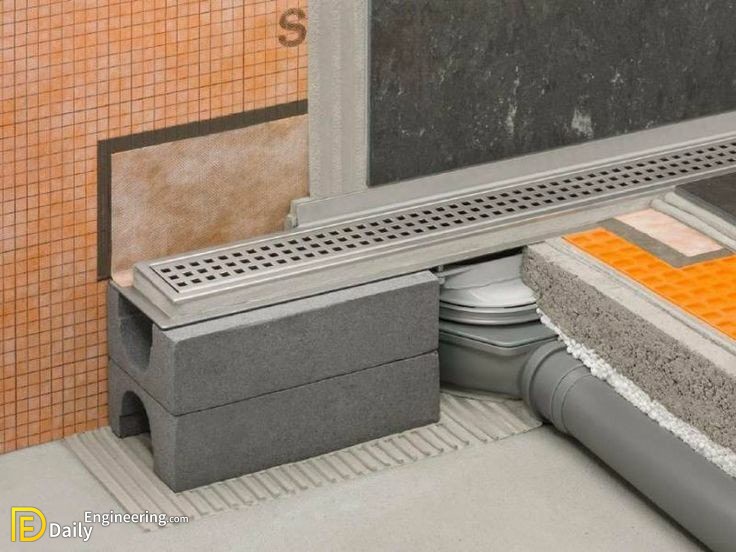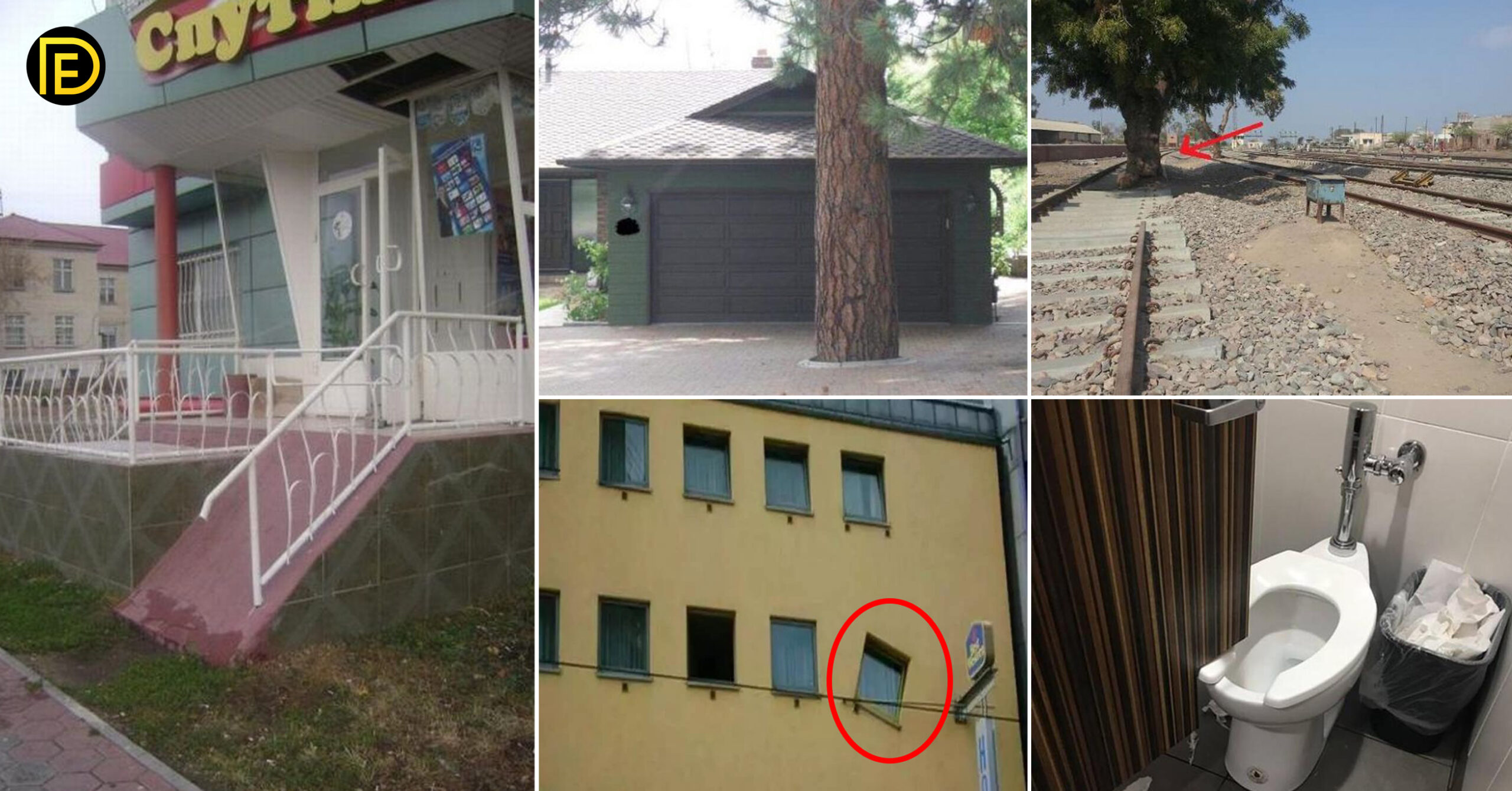Everyone knows that the house needs waterproofing, especially the foundation and basement. However, it alone is not enough to save the house from the destructive effects of water. Drainage will help with this, complete with waterproofing, it will protect the building from both external rainfall and floods and from internal groundwater, thereby increasing its service life by several decades. High-quality drainage allows you to divert water from the area around the house or significantly reduce its level. However, hiring specialists to install a drainage system is quite expensive, so in this article, we will talk about how to do it yourself.
Types of storm systems
1. Open-type, or outdoor

2. Closed type, or deep

3. Mixed type

Storm system device
Works on the stormwater device can be divided into several stages:
1. The scheme of the storm system – the location of pipes and gutters with a minimum number of bends, as well as the necessary slope and compliance with sanitary standards. For this, a site plan is used, with located buildings, paths, and landscaping elements.
2. Calculation of load, or throughput – determination of the maximum amount of precipitation for a given region, on the basis of which the diameter and size of pipes, trays, and stormwater wells are selected to ensure drainage during peak loads.
3 . Removal of the project in nature – determination on the site of the immediate location of stormwater inlets, pipelines, and collectors.
4. Earthworks – preparation of trenches of the required depth, necessary for the free flow of the slope and width, comfortable for laying pipes.
5. Assembly of pipes, installation of tanks and collectors, laying in a trench and checking the performance of the entire system. 6. Backfilling of trenches with careful layer-by-layer compaction.











































